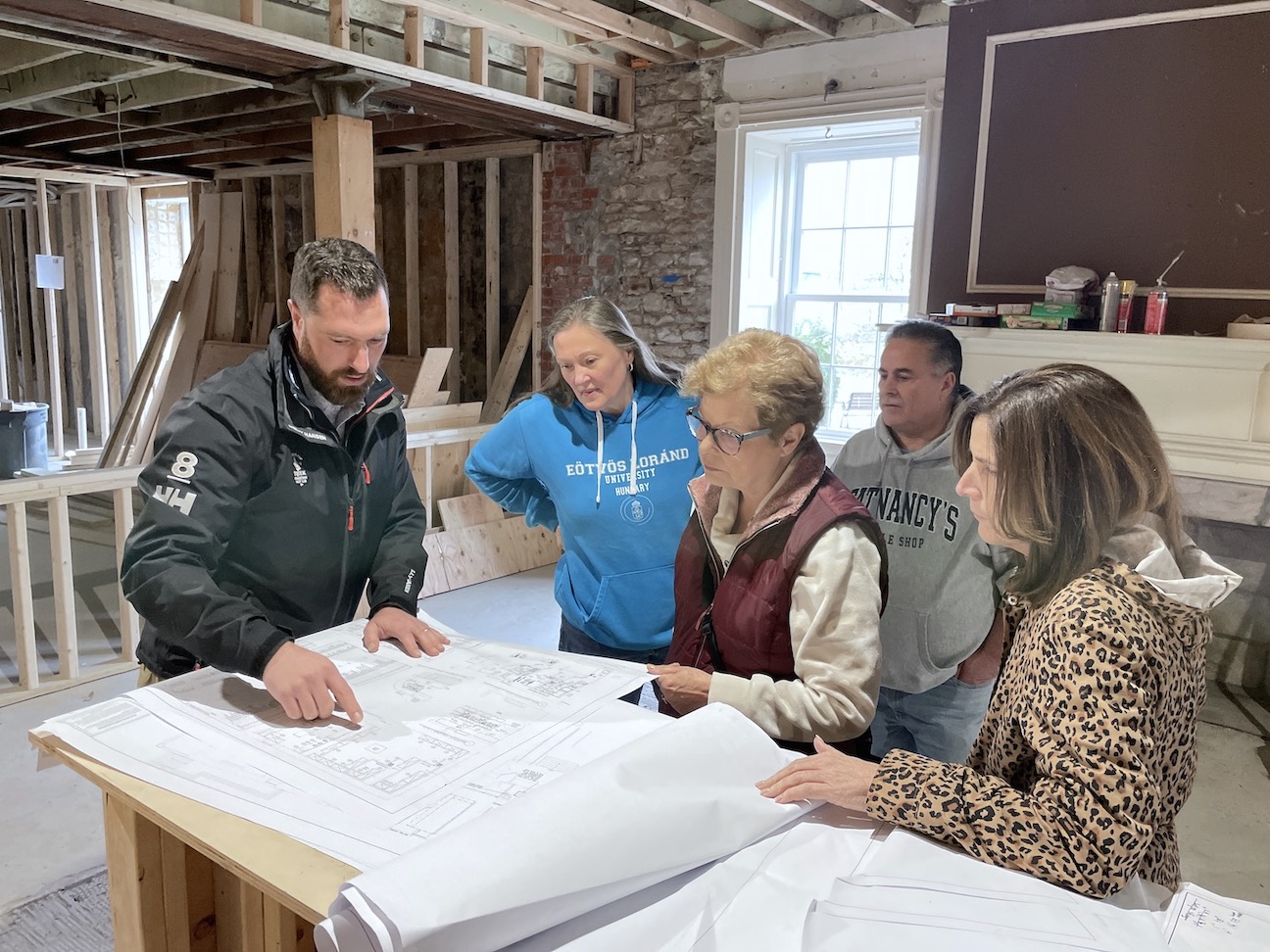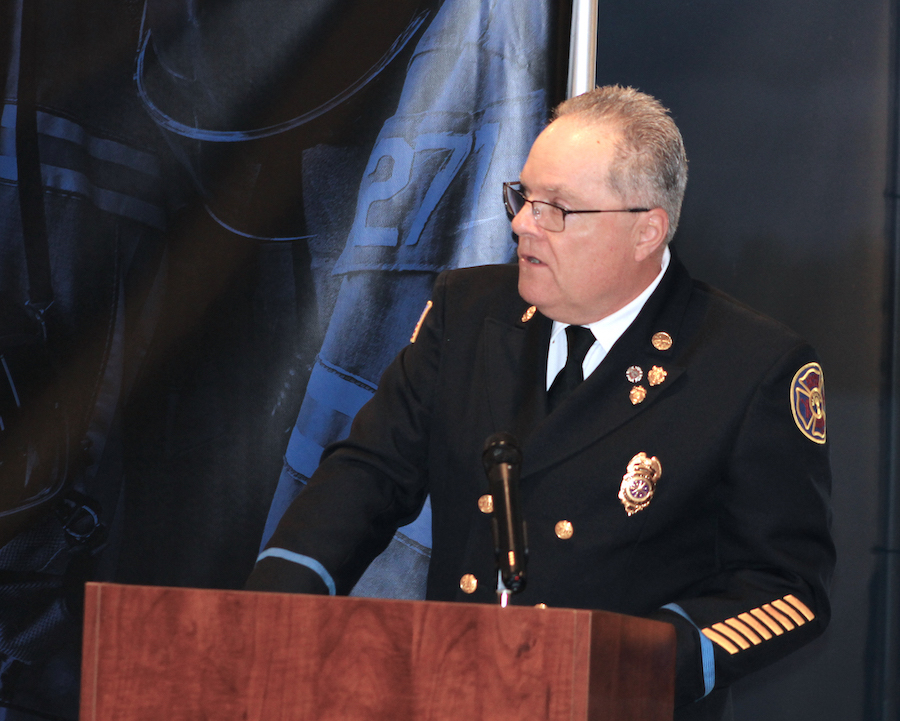Featured News - Current News - Archived News - News Categories
Gov. Kathy Hochul announced the Environmental Facilities Corp. board of directors approved over $49 million in direct financial assistance for water infrastructure improvement projects across New York. The board's approval authorizes municipal access to over $37 million in low-cost, short-term financing and previously announced grants to modernize critical drinking water and sewer systems.
Hochul’s team said, “This infusion of funding will help significantly improve water quality, protect drinking water, and promote economic development in local communities.”
The governor added, “New York state continues to prioritize safe, clean water for all communities, and remains at the forefront of innovative water infrastructure funding solutions. These investments will advance effective infrastructure improvements that bring long-lasting benefits to more New Yorkers.”
The funding approved includes over $20 million from the federal Bipartisan Infrastructure Law (BIL). A $13 million grant for the Buffalo Sewer Authority will modernize the 1970s-era secondary treatment system at the Bird Island Wastewater Treatment Plant. This project will increase the facility's capacity to handle intense rain events that can overwhelm Buffalo's combined sewer/stormwater system, and substantially improve water quality in the Niagara River. New York state has already committed $55 million in grants and low-cost financing toward the project, and the BIL grant will enhance this financial assistance and continue to significantly reduce the impact on local ratepayers.
In addition to Buffalo, grant and interest-free financing packages were approved with BIL funding to support essential projects in the Town of Herman in St. Lawrence County and the Town of Lyons in Wayne County. Previously announced state grants were also approved for projects in these two communities, including funds from the 2022 Clean Water, Clean Air and Green Jobs Environmental Bond Act for Lyons.
The board's approvals include financings through the Clean Water State Revolving Fund (CWSRF)and Drinking Water State Revolving Fund (DWSRF), and grants already announced pursuant to the Water Infrastructure Improvement (WIIA) and Intermunicipal Grant (IMG) programs. BIL funding for water and sewer infrastructure is administered by EFC through the State Revolving Funds.
Clean water projects include:
•Buffalo Sewer Authority: $13,869,533 grant from BIL general supplemental funds for the planning, design and construction of secondary treatment upgrades at the Bird Island Wastewater Treatment Plant.
Drinking water projects include:
•Niagara County Water District: $1,245,750 WIIA grant for the replacement of the water treatment plant's 1-million-gallon wash water tank.
Refinancing Completed Projects will Achieve Long-Term Debt Service Savings for Local Ratepayers
A press release stated, “The board also took action to help ensure continued, long-term affordability of existing projects. The board approved long-term, interest-free financing totaling $11 million for three existing projects. Short-term financing provides capital for design and construction of projects. Once project construction is completed, the short-term financing is typically refinanced to long-term financing for up to 30 years, saving municipalities significant interest expenses versus financing on their own.”
Projects approved for long-term interest-free financing include the Village of Ilion in Herkimer County (Mohawk Valley), the Village of Medina in Orleans County (Finger Lakes), and the City of Utica in Oneida County (Mohawk Valley). Based on current market conditions, these long-term financings are projected to save ratepayers an estimated $14 million in interest payments over the life of the financings.
EPA Regional Administrator Lisa F. Garcia said, “New York state is a leader and great partner. And thanks to the historic Bipartisan Infrastructure Law funding, NY is seizing the opportunity to implement the water infrastructure projects it needs and deserves. These projects will not only deliver clean and safe water, but also create jobs and build resilience for a greener future. These investments will benefit New York communities, including historically underserved communities, and the environment for generations to come.”
New York's Commitment to Water Quality
The press release noted, “New York state continues to increase its nation-leading investments in water infrastructure, including $325 million in grant opportunities made available in January. With Gov. Hochul’s executive budget’s proposed $500 million over two years, New York will have invested a total of $5.5 billion in water infrastructure since 2017. This funding complements Gov. Hochul’s State of the State initiative to increase water infrastructure grants for small rural communities from 25% to 50% of net eligible project costs to help support smaller communities. To leverage these investments and ensure ongoing coordination with local governments, the governor expanded EFC’s community assistance teams to help small, rural, and disadvantaged communities leverage this funding and address their clean water infrastructure needs. Any community that needs help with their water infrastructure needs is encouraged to contact EFC at https://www.efc.ny.gov/CAT.
“The funding is in addition to other substantial water quality investments, including the voter-approved $4.2 billion Clean Water, Clean Air and Green Jobs Environmental Bond Act of 2022, which is advancing historic levels of funding to update aging water infrastructure and protect water quality, strengthen communities' ability to withstand severe storms and flooding, reduce air pollution and lower climate-altering emissions, restore habitats, and preserve outdoor spaces and local farms. The first round of funding under the Environmental Bond Act was awarded through the WIIA/IMG programs in December, when Hochul announced $479 million in grants to 156 projects across New York. Disadvantaged communities will receive at least 35% of the benefits of Bond Act funding, with a goal of 40%.”





























